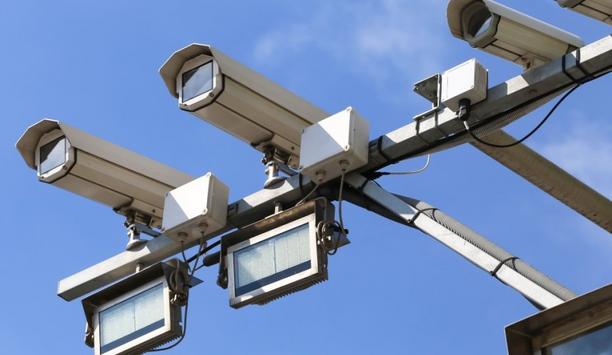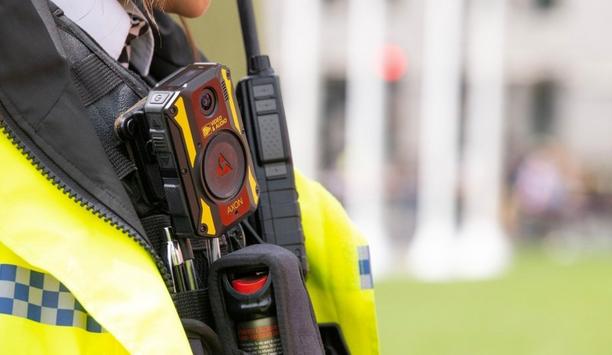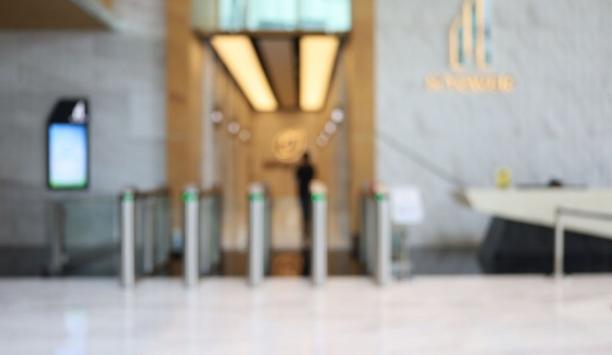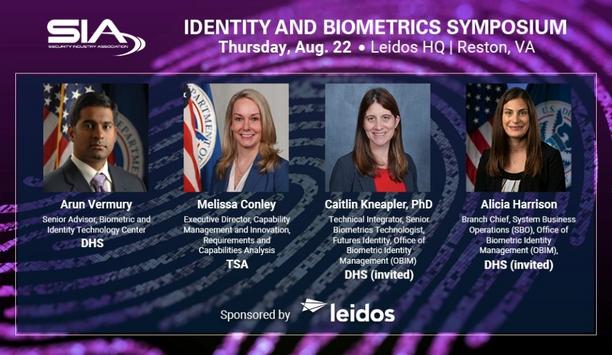I speculated earlier about an anticipated spike in demand for body worn cameras in response to the highly publicised shooting incident in Ferguson, Mo., last August. An analysis of a database of procurement activity and spending plans from more than 80,000 government entities in the United States confirms the continuing impact the shooting is having on the demand for body worn cameras.
Reflecting what might be called the “Ferguson effect,” government data firm Onvia reports there were almost six times as many purchase orders issued for body worn cameras and related services in 2014 compared to 2013 – 3,400 purchase orders in 2014 compared to only 533 the year before. Three manufacturers – Taser International, Digital Ally and VIEVU Inc. – are dominating the market, while vendors like Pro-Vision Video, Wolfcom and Safety Vision are also making strides.
There are many examples of local governments and police departments embracing body worn cameras. From Livermore and Pasadena, Calif., to Cleveland, Ohio, to Milton, Ga., and hundreds of other localities, local governments are buying body worn cameras to equip their police forces.
Body worn cameras are still in their early days, relatively speaking, and many local governments have concerns about the cameras’ effectiveness, privacy implications, poor battery life, video storage and even whether officers will remember to turn them own. Onvia says agencies address such concerns in their requests for proposals (RFPs), and many expect samples and/or demonstrations of the body worn cameras during the bidding process.
“When working properly, wearing cameras is associated with a dramatic reduction in use of force and complaints against officers,” Kelsey Voss, Onvia senior marketing manager, writes in a blog. “The increasing importance to have full transparency of police interactions with citizens aims to mitigate the enormous problem of questionable accountability on both sides,” Voss adds.
In December, President Obama proposed allocation of more than $75 million in federal funds for body worn cameras. Voss says the first full scientific study conducted by the University of Cambridge’s Institute of Criminology concluded that body worn cameras decrease police use of force. They are also reported to reduce false accusations and reduce litigation costs.
It’s a growing opportunity that seems likely to attract the attention of the camera manufacturers that already supply equipment to our market. Also, body worn cameras represent a fast-growing new source of video and a concomitant challenge to manage that video optimally in the context of an integrated system useful for investigations. The impact of the “Ferguson effect” on our market is just getting started.












































